|
Map of our tour route It is also called the Caminho dos Pastorinhos or Way of the Shepherds. But it certainly isn’t a walk on flat ground, the first part is hiking up a long climbing hill. How we see Fátima now is not how it was in 1917. The village was in the map areas of #2, #3 and #4, and where the Shrine is now was just pastureland for the sheep. Start of the Via Crucis, First Station Via Crucis is Latin for Way of the Cross, and this starting point is map area #1. In this First Station of the Cross, Jesus is sentenced to death. What you can’t see from this angle of photo is Pontius Pilate washing his hands. Each of the Stations is housed in one of these concrete hut-like structures to protect them from the weather, and you have to walk a good distance between each one. On either side of the path are olive groves. Site of 19 August 1917 apparition The monument to this apparition of Mary, mother of Jesus, is located between the 8th and 9th Stations of the Cross: 8. Jesus speaks to the women of Jerusalem, 9. Jesus falls the third time under the Cross. Before the 13 August, when the next apparition in the series was due to happen, government authorities kidnapped the children and held them hostage to prevent the 13 August apparition. But when the children were finally released, and all was back to normal, Our Lady appeared to them here - within a short walk of their village - instead of at the usual meeting place in the Cova da Iria. At this time Mary, mother of Jesus, gave them this message “Pray, pray very much, and make sacrifices for sinners; for many souls go to hell, because there are none to sacrifice themselves and to pray for them.” End of the Via Crucis and its chapel After the 14 Stations of the Cross, pilgrims come to this chapel next [Chapel of St Stephen of Hungary]. Above is the life size depiction of the Crucifixion scene, and below is a chapel where Mass can be celebrated. The funds for these Stations of the Cross were donated by Hungarian refugees after the 1956 uprising in Hungary; and were built during the 1960s. This chapel is dedicated to St Stephen, the holy king of Hungary, and opened in 1992 in thanksgiving for the liberation of Hungary from communism. From St Stephen’s kingship onwards, no earthly lady was ever to be called queen since he had declared Mary, mother of Jesus, Queen of Hungary. We had a group photo taken here in front of the chapel. Interior of chapel, and altar Possibly the Saints depicted in the stained glass are St Elizabeth of Hungary, St Emeric son of St Stephen, St Stephen himself, and St Adalbert the bishop who baptised St Stephen. Although the female Saint could also be Blessed Gisele, St Stephen’s wife. [Editor's Note: on closer inspection of the original photograph, the left most saint is St Stephen's wife Blessed Gisele and the right most is in fact St Gerard of Csanárd (Hungary), not St Adalbert – St Adalbert himself does have a stained glass window, but it is elsewhere in the chapel. So the correct line-up of saints behind the altar, from left to right, is as follows: Blessed Gisele (Hungarian: Gizella); St Emeric (Szent Imre); St Stephen (Szent István); and St Gerard (Szent Gellért).] Roof of Chapel It had this magnificent mosaic on the ceiling. Site of two of the apparitions of the Angel of Peace In the year or so before the 13th of the month apparitions started in May 1917, the three children were visited by the same angel three times. The angel identified himself both as the Angel of Peace and as the Angel Guardian of Portugal, and he also taught them prayers to pray. Here the first and third angel apparition happened; the second occurred near the village well. In Portugal during the 14th to the 17th centuries, devotion to the Angel Guardian of Portugal was high, and there was even a national feast day in the liturgical calendar to honour the Angel. But by World War I, devotion had all but disappeared. From 1952 onwards that national feast day has been reinstated, largely due to these apparitions of the Angel. Lucia’s family home Tired and hot from the climb up the hill of the Stations of the Cross, I ended up near the rear of the back half of our four buses’ worth of pilgrims by the time we got to Lucia’s home. Because everything was so cramped, I only really saw the outside of these village dwellings and not the inside. Lucia’s family barn and stables If you recall the Fátima movie released in 2020, some of those village scenes must have been filmed in this exact location. Jacinta and Francisco’s home These two were siblings, and Lucia was their cousin. We didn’t get anywhere near the well, because a large contingent of American pilgrims were gathered around it. They had either just finished Mass or just finished praying the Rosary there. This was a place where the children often prayed together and played together. Monument to the three children This monument is placed near a roundabout, and the statues of the children are placed so that it looks like they are walking towards the Shrine. This was my view from the bus on the way back to the hotel. It’s far more effective than a ‘This way to Fátima’ sign. Vincent Cavanagh #bbwyd #wydlisbon #wyd2023 #lisboa2023 10 Aug 2023, 11.48am Portugal | 10 Aug 2023, 8.48pm Sydney
0 Comments
Your comment will be posted after it is approved.
Leave a Reply. |
News and Other StuffAbout recent artwork, inspirations and other things I find interesting. Archives
June 2024
Categories
All
|
All artwork and images on this website (unless stated otherwise) are the property of Vincent Cavanagh and cannot be used without his permission.
|
Social Links
|
Powered by Weebly
|

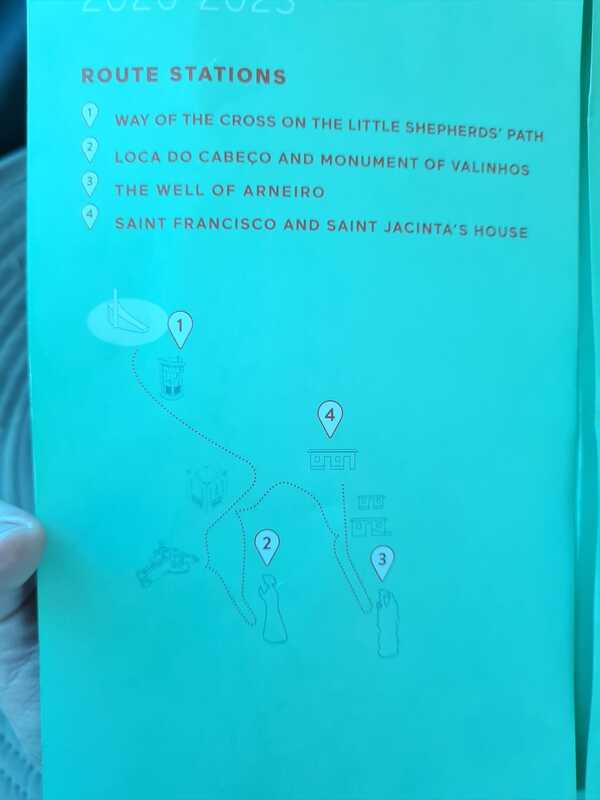
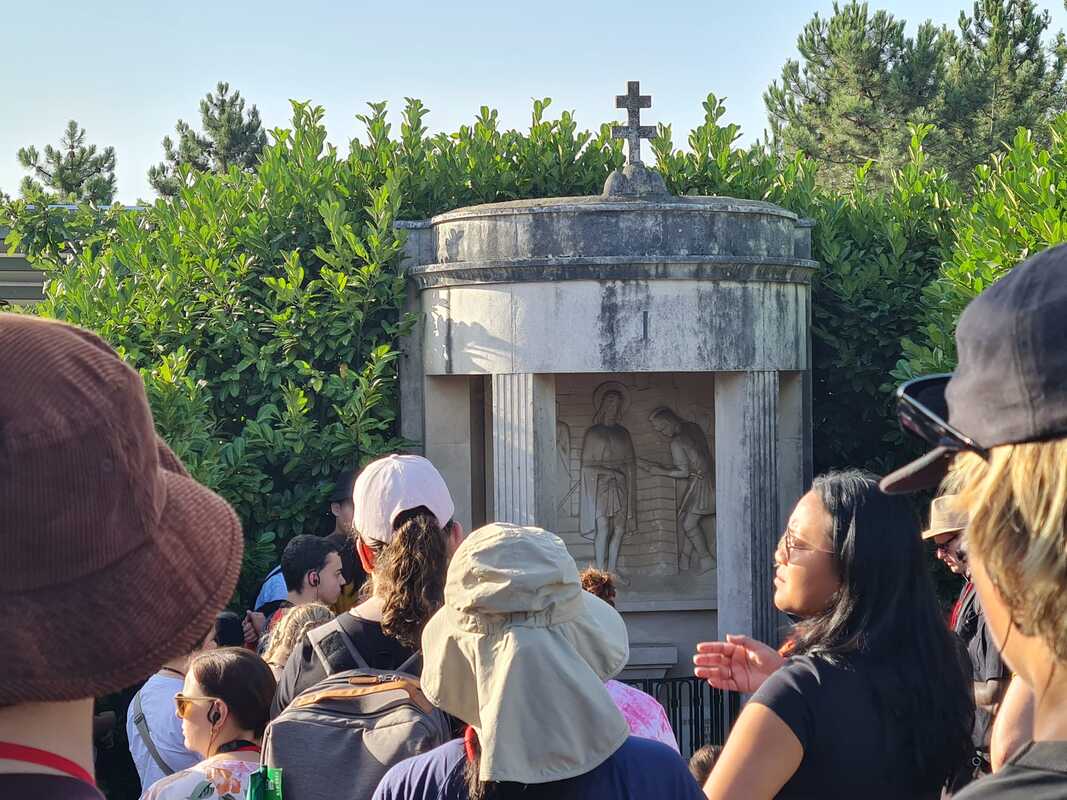
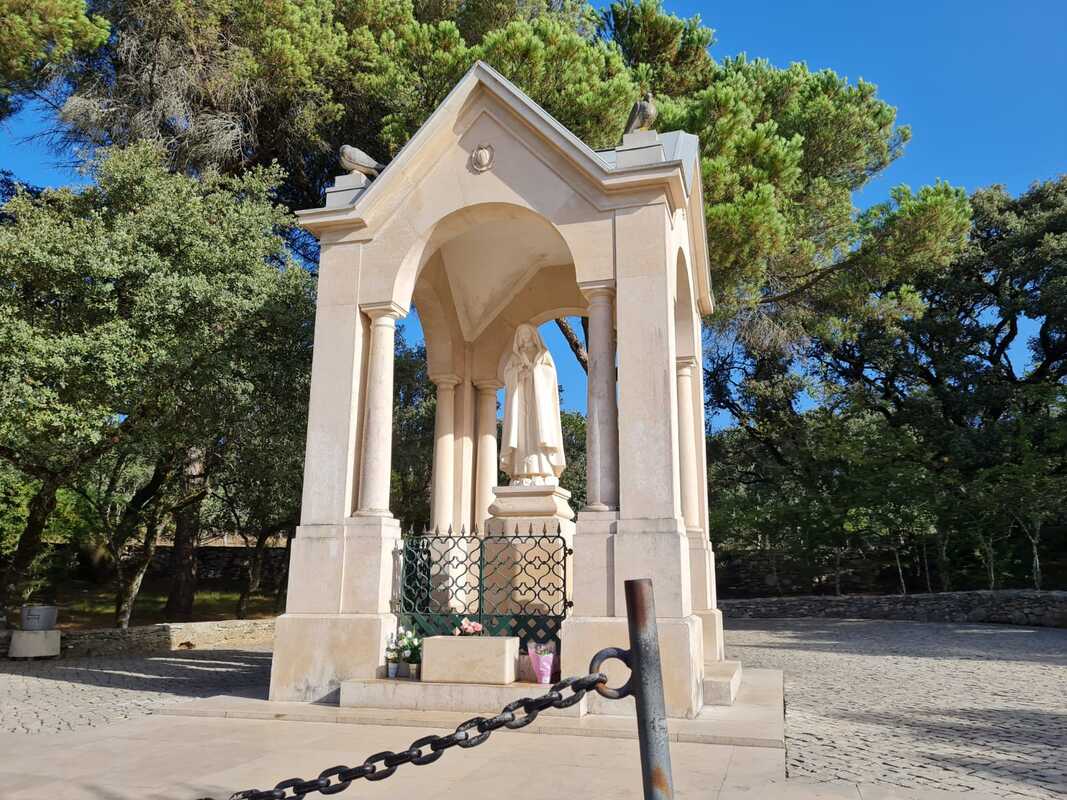
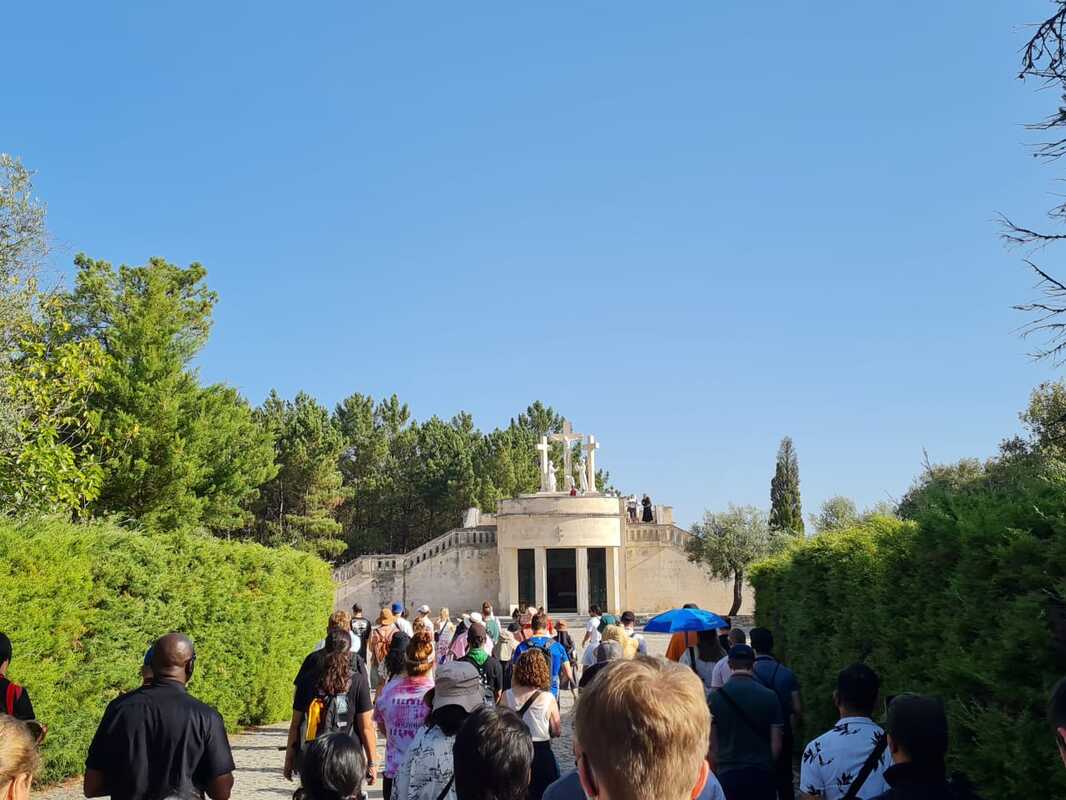
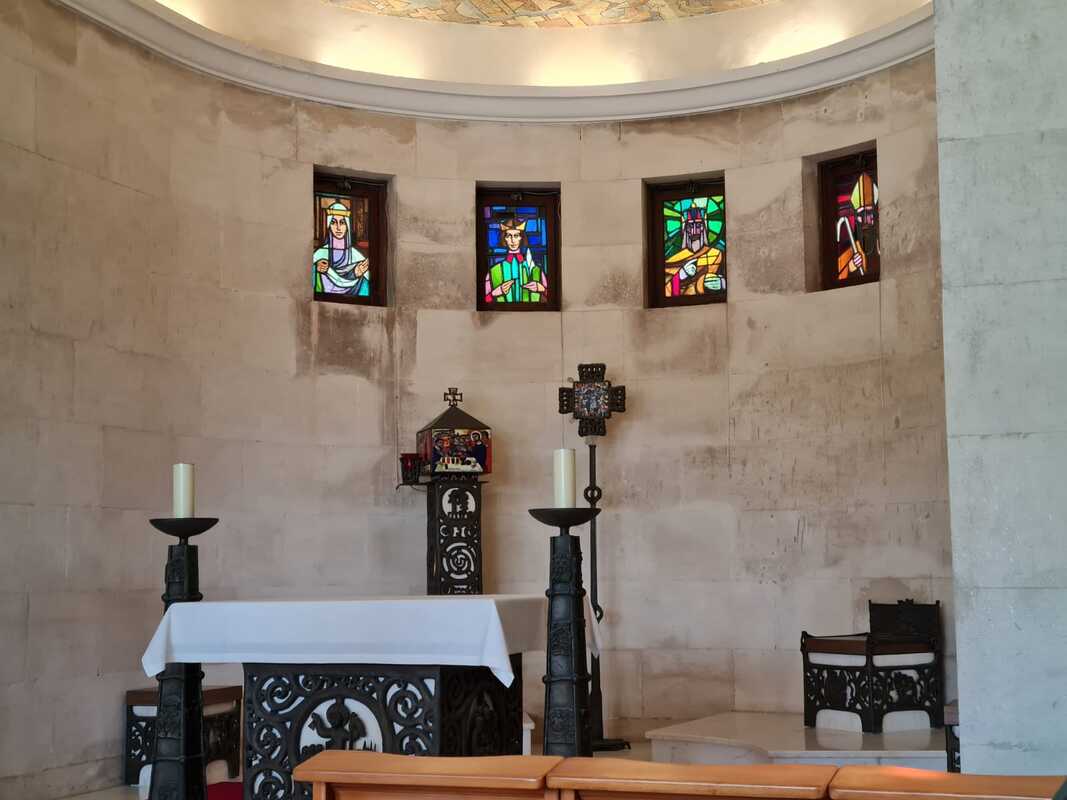
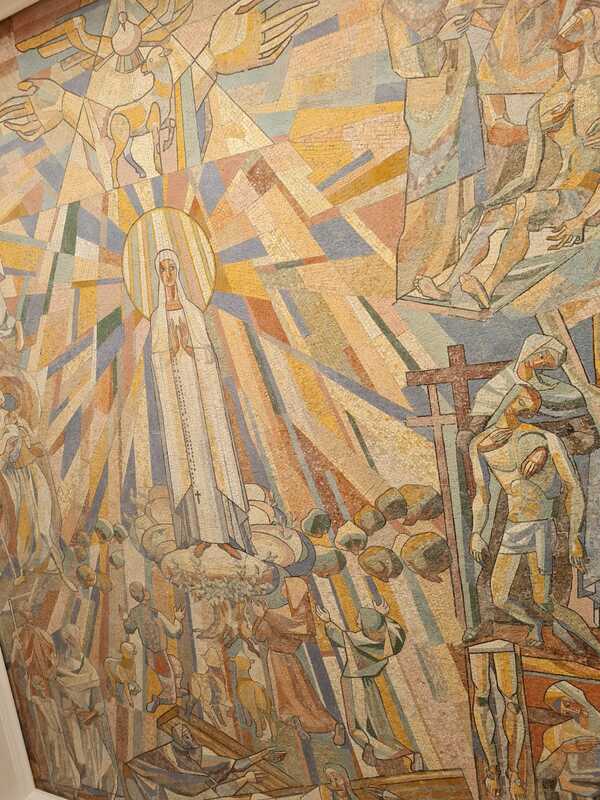
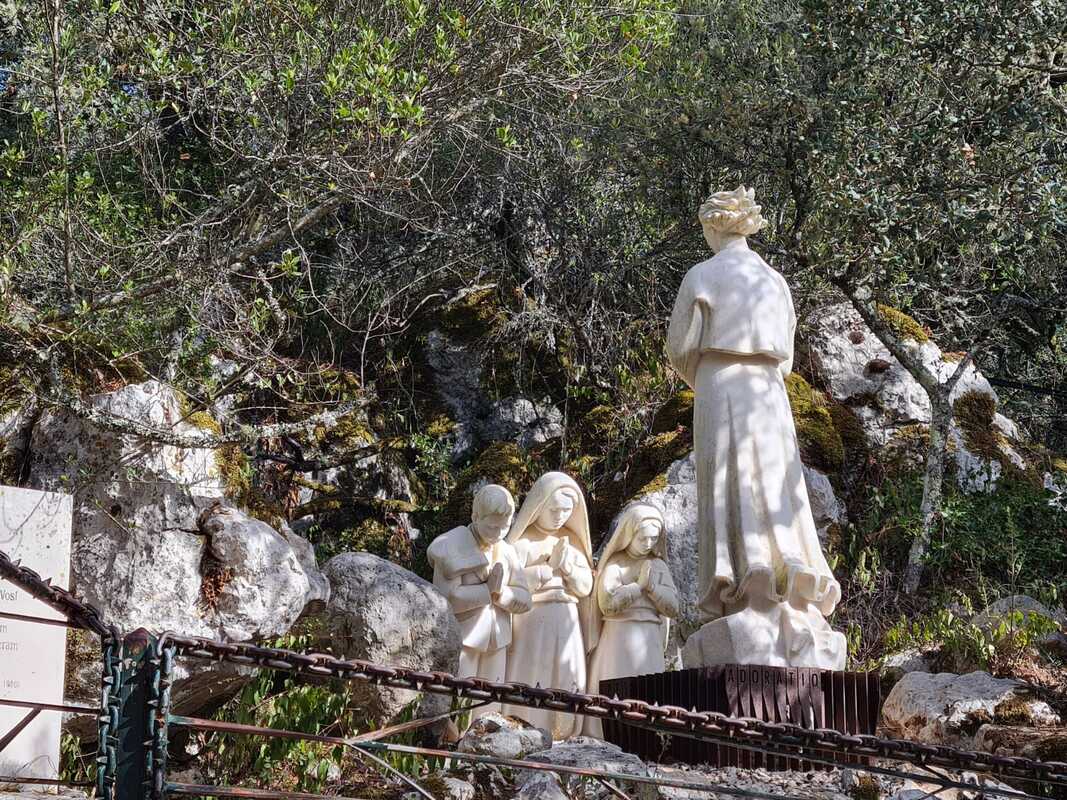
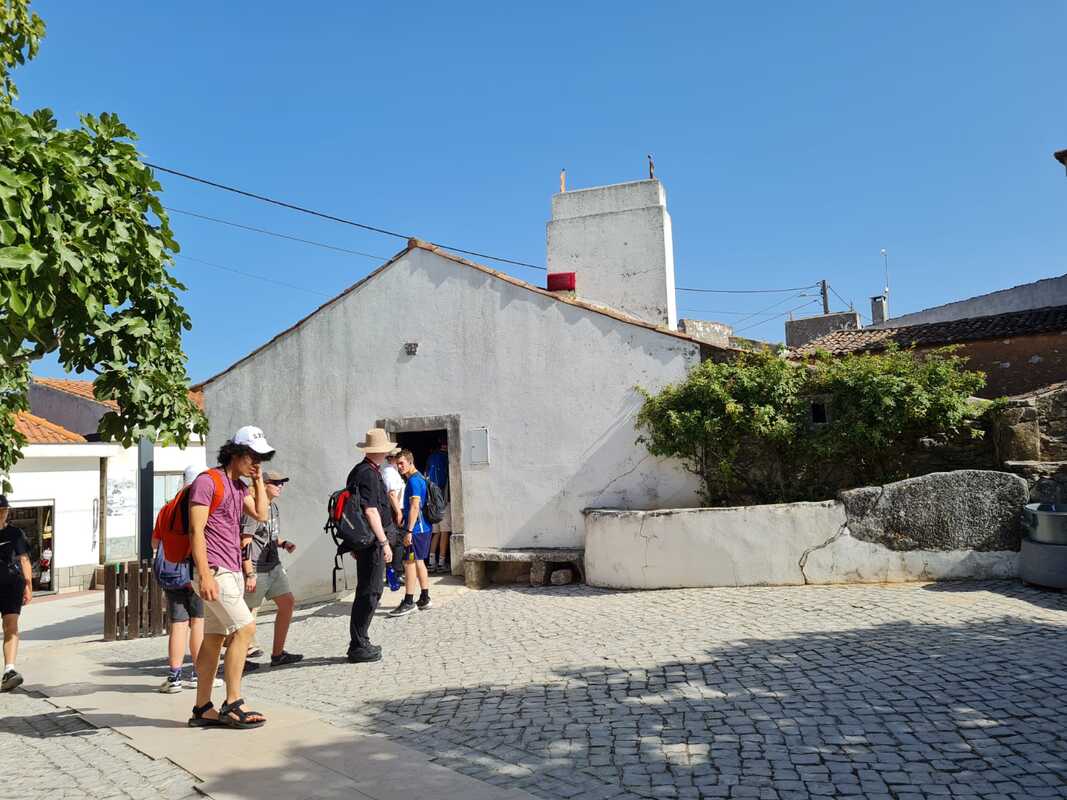
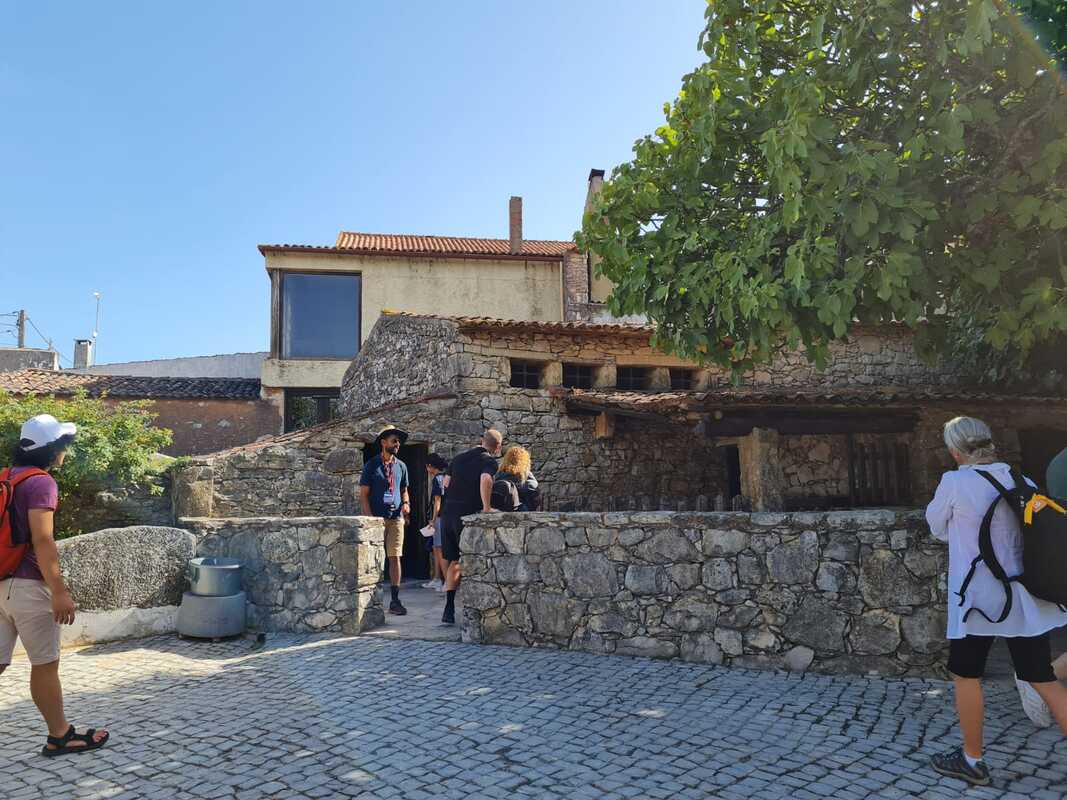
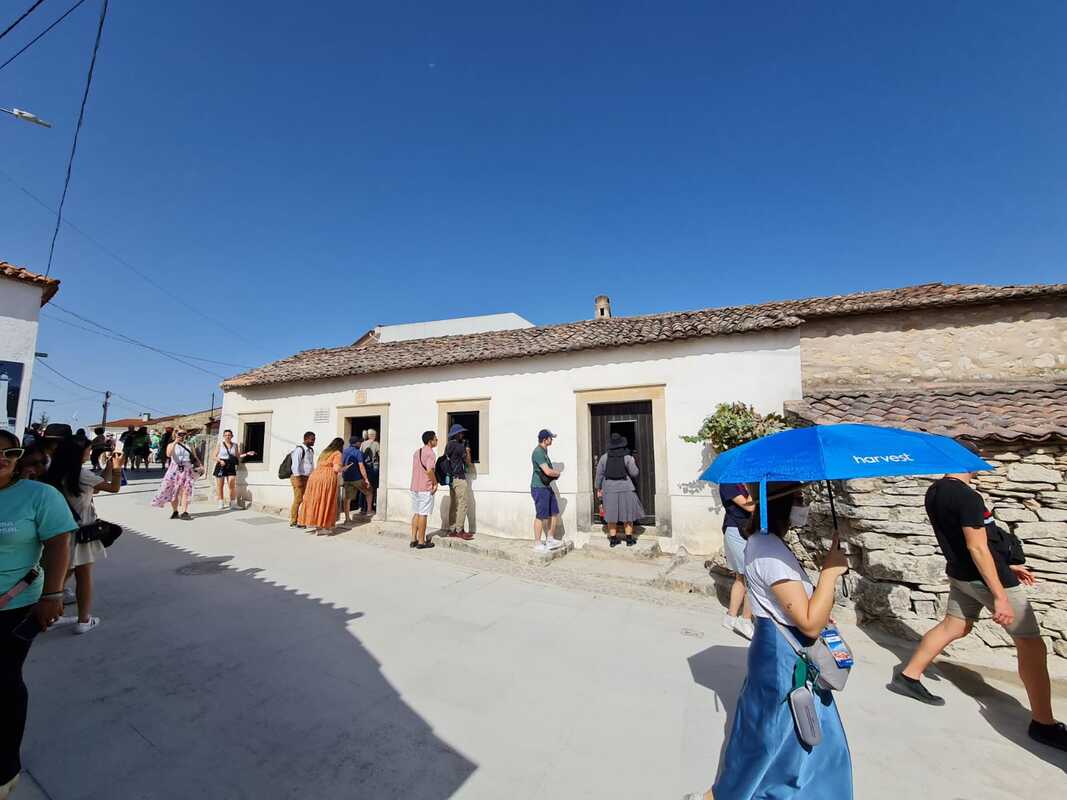
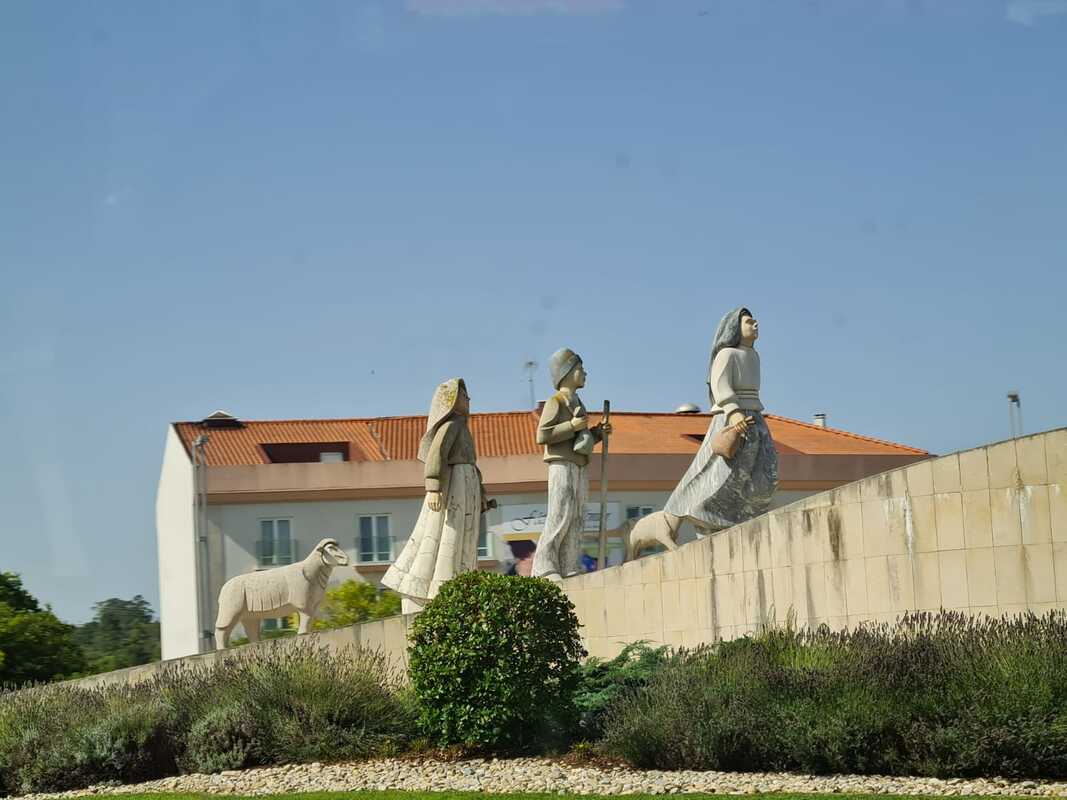

 RSS Feed
RSS Feed